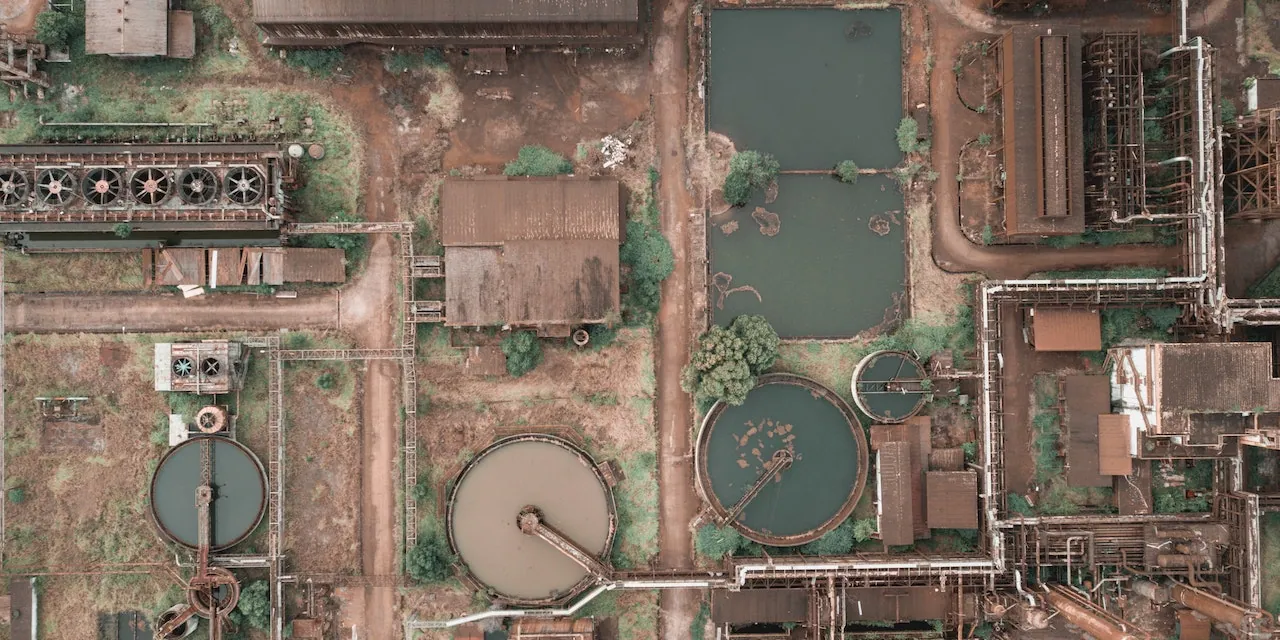
Hanford Site Waste Treatment and Immobilization Plant (WTP) staff recently performed an emergency preparedness drill simulating a response to an ammonia leak.
It was the most recent in an ongoing series of ammonia related emergency drills before the plant receives ammonia that will be used in the WTP emissions treatment system.
Facility Emergency Response Organization team members with WTP practiced methods for detecting ammonia contamination around the plant to build proficiency with a variety of monitoring devices. Previous ammonia drills simulated receiving ammonia from the supplier and the emergency response to the unlikely event of an uncontrolled release from the ammonia storage tanks.
“These drills are an important piece in our efforts to prepare our team and the site for direct-feed low-activity waste (DFLAW) operations to treat low-activity tank waste,” said Rick Holmes, general manager for Waste Treatment Completion Company, a subcontractor to Bechtel National Inc., which is designing, building and commissioning the WTP for EM’s Office of River Protection. “Our emergency preparedness team has done an excellent job in building a robust preparation process by holding frequent drills and exercises of increasing complexity to build proficiency in responding to a wide variety of emergencies.”
In addition to performing emergency preparedness drills, WTP staff have also hosted tours of ammonia system facilities for staff from the Hanford Fire Department (HFD) and contractor Hanford Mission Integration Solutions’ (HMIS) Emergency Preparedness team, which play a part in Hanford’s sitewide emergency response.
During their most recent visit, the HFD and HMIS teams shared lessons learned from previous drills and helped brainstorm scenarios for future exercises. The teams also discussed scheduling tours for additional HFD crews to increase familiarity with the WTP ammonia system.
During DFLAW operations, treated waste from Hanford’s underground storage tanks will be fed directly to melters inside the WTP’s Low-Activity Waste (LAW) Facility. The waste will be mixed with glass-forming materials and heated in the melters in a process known as vitrification, then poured into specially designed stainless steel containers for disposal at the Integrated Disposal Facility on the site.
Ammonia will play an important role in protecting both the workforce and the environment at WTP. During the vitrification process, the melters will release pollutants in their exhaust. The LAW Facility emissions treatment systems will use ammonia to create a chemical reaction that eliminates these materials and produces the harmless byproducts of nitrogen, oxygen and water. The WTP is anticipated to receive ammonia later this year following the heatup of the LAW Facility melters.
Source link:https://www.energy.gov/







